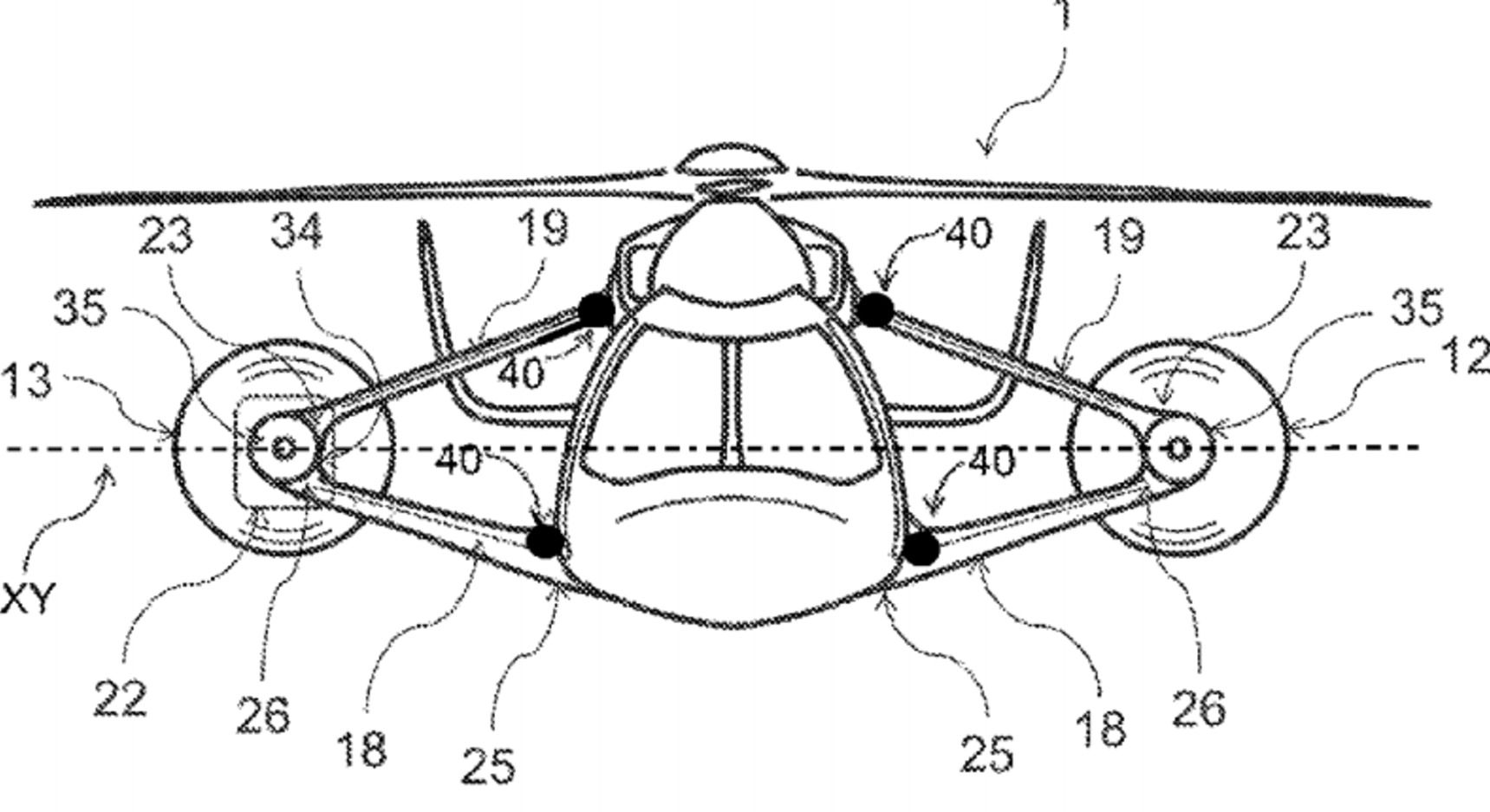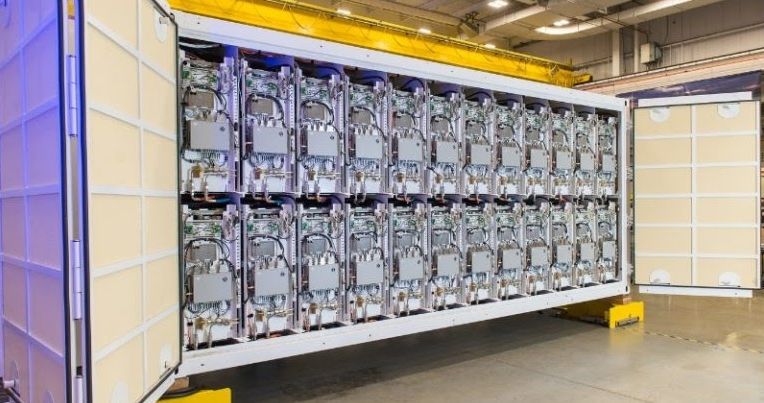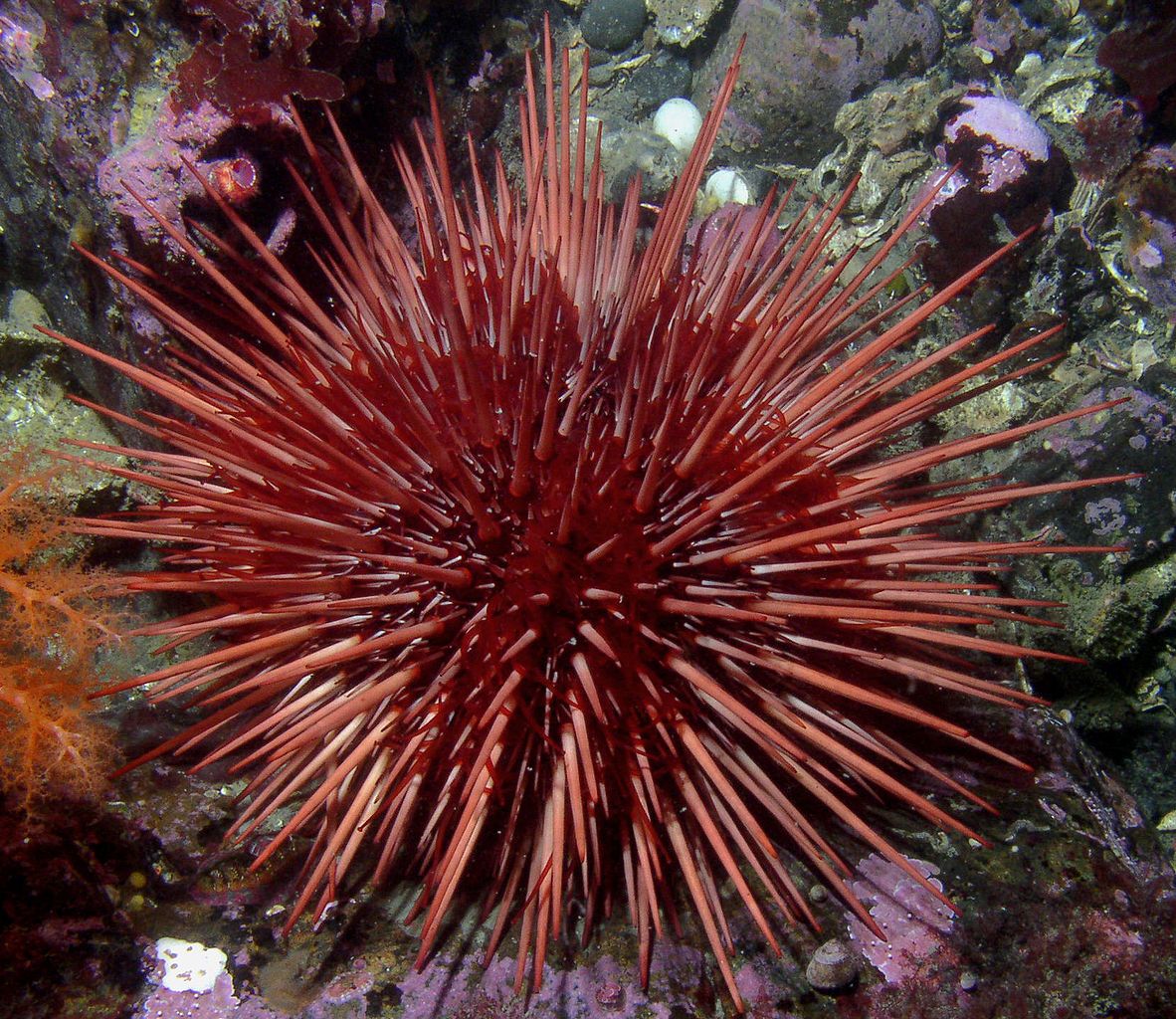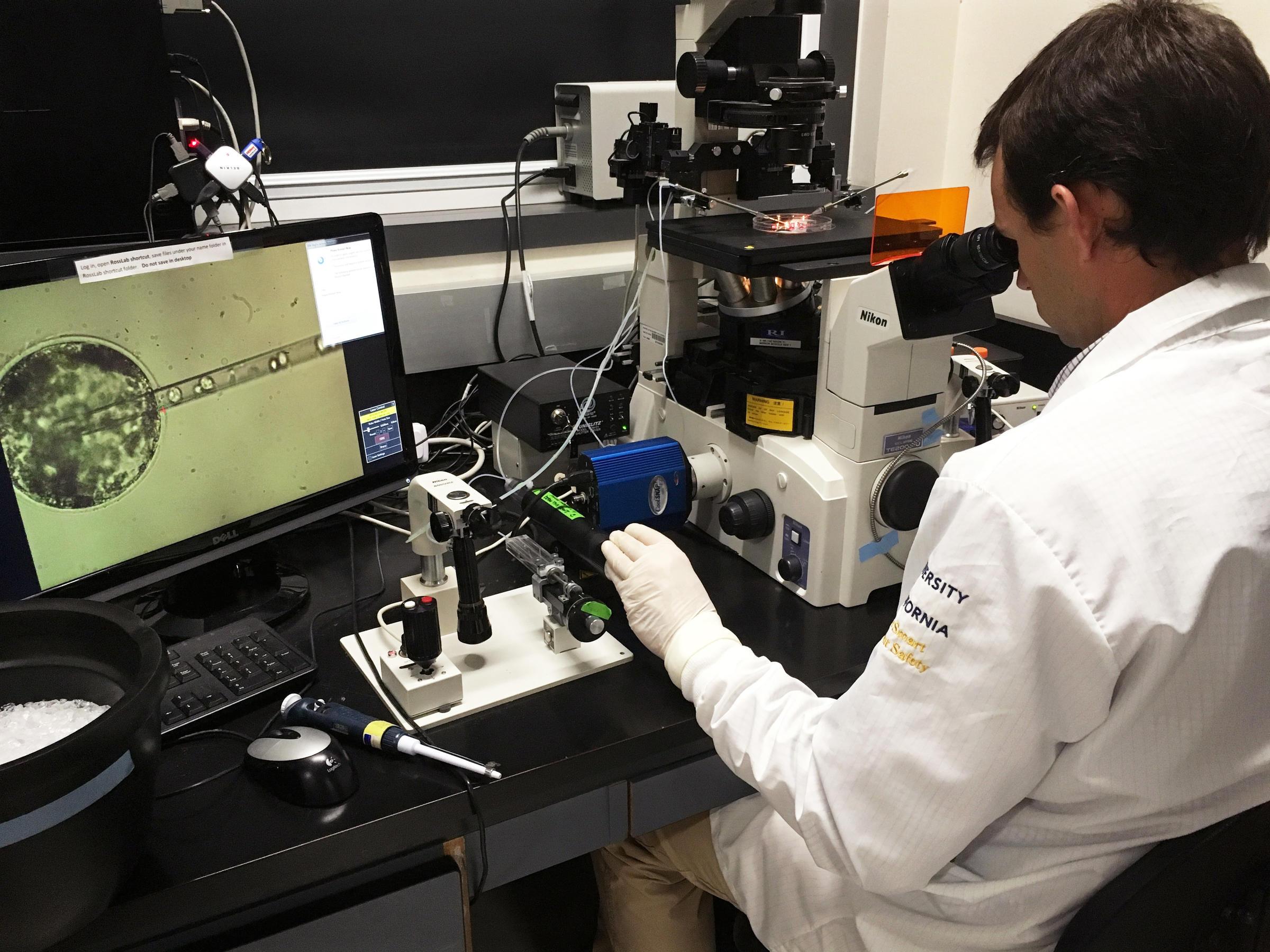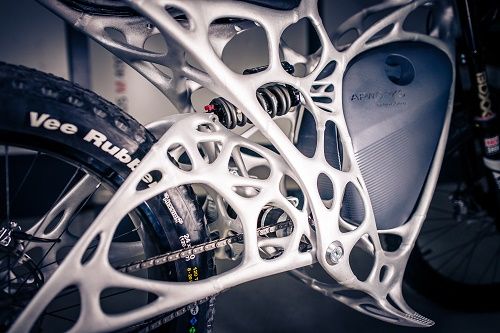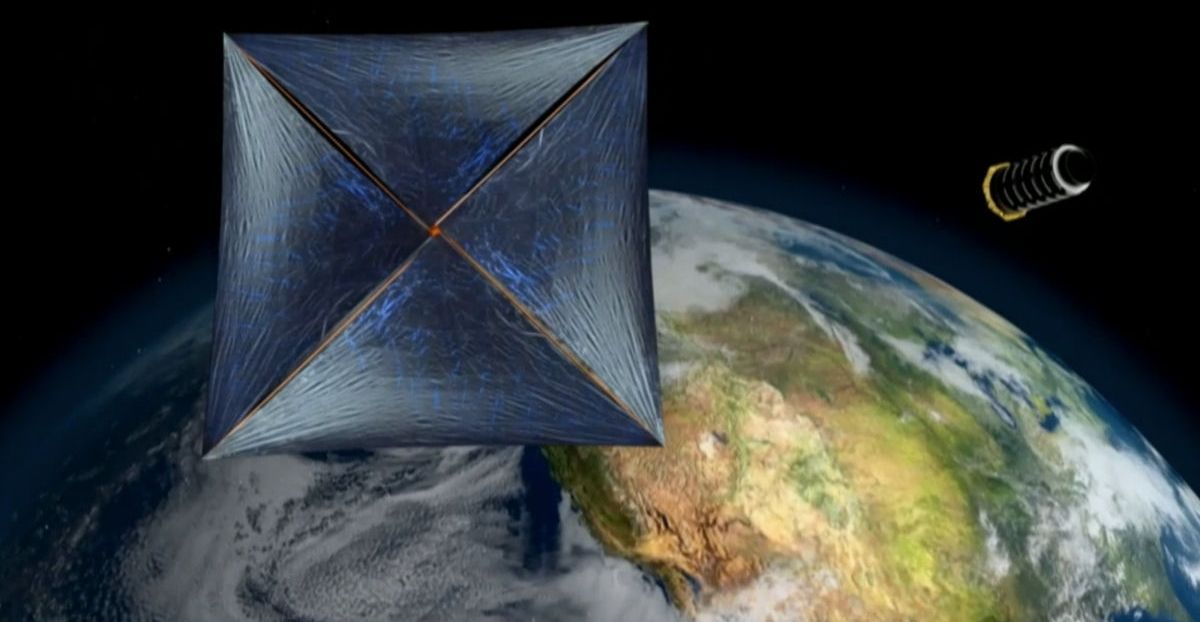Page 11169
May 25, 2016
Implanted electrodes to aid memory loss? It’s not as far-fetched as it may sound
Posted by Klaus Baldauf in categories: biotech/medical, neuroscience
Imagine implanting electrodes in the hippocampus to help brain-injured patients process memories. That’s what the Defense Department is attempting.
May 25, 2016
Shipping containers full of capacitors will enable flexible railgun designs for shipboard and fixed or mobile land based railguns
Posted by Klaus Baldauf in categories: energy, military
The US Navy will be taking its futuristic Railgun out of the lab where it has been tested for to past eight years. Over the next two years, railguns will be tested in open firing ranges and eventually at sea, where the futuristic electromagnetic gun will be able to demonstrate its full capacity to fire projectiles at targets 50–100 nautical miles (92 – 185 kilometers) away.
The Navy is evaluating two electromagnetic railgun models. A 32-megajoule prototype built by BAE Systems and the 32 megajoule Blitzer developed by General Atomics Electromagnetic Systems (GA-EMS). The company has also developed a 3-megajoule railgun variant. In the future, the Navy plans to deploy railguns rated to 64-megajoule.
A railgun can deliver muzzle velocities greater than twice those of conventional guns. Using electromagnetic power, where magnetic fields created by strong electrical currents accelerate a sliding metal conductor between two rails, the railgun achieves muzzle speeds of more than Mach 7.5 without the use of chemical propellant.
May 25, 2016
Is aging inevitable? Not necessarily for sea urchins
Posted by Bruno Henrique de Souza in categories: biological, genetics, health, life extension
Sea urchins are remarkable organisms. They can quickly regrow damaged spines and feet. Some species also live to extraordinary old ages and—even more remarkably—do so with no signs of poor health, such as a decline in regenerative capacity or an increase in age-related mortality. These ocean Methuselahs even reproduce as if they were still youngsters.
MDI Biological Laboratory Associate Professor James A. Coffman, Ph.D., is studying the regenerative capacity of sea urchins in hopes that a deeper understanding of the process of regeneration, which governs the regeneration of aging tissues as well as lost or damaged body parts, will lead to a deeper understanding of the aging process in humans, with whom sea urchins share a close genetic relationship.
In a paper recently published in Aging Cell, a leading journal in the field of aging biology, with Andrea G. Bodnar, Ph.D., of the Bermuda Institute of Ocean Studies, the scientists shed new light on the aging process in sea urchins, raising the prospect that the physical decline that typically accompanies aging is not inevitable.
Continue reading “Is aging inevitable? Not necessarily for sea urchins” »
May 25, 2016
Cientistas criam embriões meio humanos e meio animais
Posted by Bruno Henrique de Souza in category: futurism
A cura de algumas doenças pode estar no desenvolvimento de quimeras, embriões animais com órgãos humanos. Será que não estamos indo longe demais em um papel que para alguns é prerrogativa de Deus?
May 25, 2016
Silicon quantum computers take shape in Australia
Posted by Karen Hurst in categories: computing, quantum physics
Any technology related company (including medical, consulting, etc.) without Quantum as part of their product & services 5 year roadmap will find themselves obsolete in the next 7 years.
Two blueprints emerge from centre tasked with creating a practical quantum device.
May 25, 2016
China to combat hackers with launch of quantum communication satellite
Posted by Karen Hurst in categories: cybercrime/malcode, quantum physics
Although this states it is to protect China; who will protect us from China’s hacks when they have this.
China is expected to launch the satellite into space in July.
May 25, 2016
The Father of Futarchy Has an Idea to Reshape DAO Governance
Posted by Amnon H. Eden in categories: business, cryptocurrencies, governance, robotics/AI
#TheDAO (Distributed Autonomous Organization) is the hottest new form of investment built on revolutionary (Transparency, Democracy, Decentralization).
Our own Robin Hanson has been an inspiration:
“The slogan is vote on values, bet on beliefs. What you need are discreet decisions and then you need an outcome that you care about.”
Continue reading “The Father of Futarchy Has an Idea to Reshape DAO Governance” »
May 25, 2016
Airbus Subsidiary Designs World’s First 3D-Printed Aluminum Motorcycle | Aluminum Insider
Posted by Odette Bohr Dienel in categories: 3D printing, business
“European multinational aerospace and defense corporation Airbus Group SE’s subsidiary APWorks GmbH has developed the world’s first 3D-printed all-aluminium bodied motorcycle.”
May 25, 2016
Lasers Could Blast Astronauts to Mars, Protect Earth from Asteroids
Posted by Klaus Baldauf in categories: innovation, space travel
The same laser system being developed to blast tiny spacecraft between the stars could also launch human missions to Mars, protect Earth from dangerous asteroids and help get rid of space junk, project leaders say.
Last month, famed physicist Stephen Hawking and other researchers announced Breakthrough Starshot, a $100 million project that aims to build prototype light-propelled “wafersats” that could reach the nearby Alpha Centauri star system just 20 years after launch.
The basic idea behind Breakthrough Starshot has been developed primarily by astrophysicist Philip Lubin of the University of California, Santa Barbara, who has twice received funding from the NASA Innovative Advanced Concepts (NIAC) program to develop the laser propulsion system. [Stephen Hawking Video: ‘Transcending Our Limits’ with Breakthrough Starshot].
Continue reading “Lasers Could Blast Astronauts to Mars, Protect Earth from Asteroids” »
